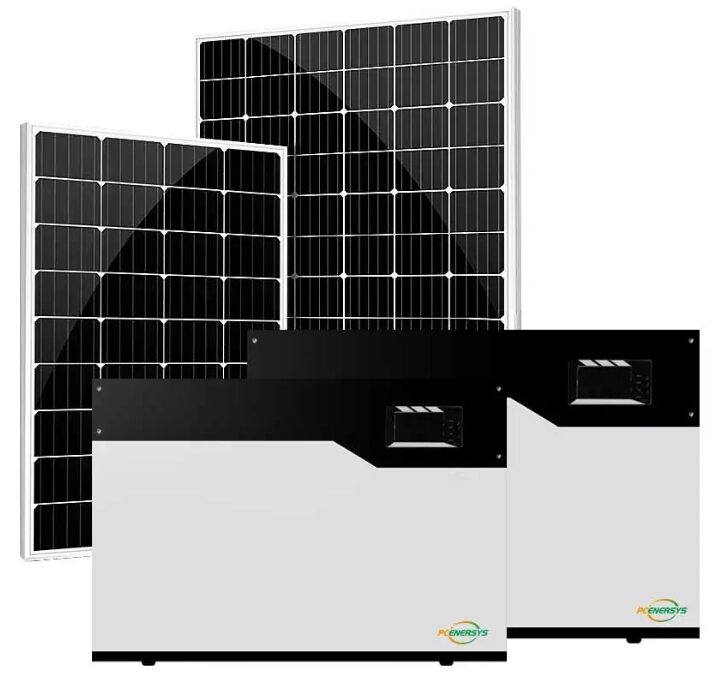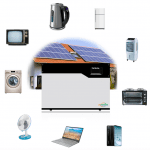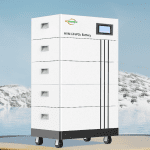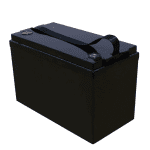Renewable energy storage batteries are everywhere today, and many households are utilizing 48v wall mount lithium battery as a clean and sustainable power source. When people use these systems, a common question is how many solar panels are needed to charge a 48v wall mount lithium battery fully. In this blog post, we discuss the factors that influence the number of solar panels required for this task and provide insights for users and consumers who may be wondering.
Determinants of Solar Panel Requirements
The requirements for a solar panel to fully charge a 48v wall mount lithium battery are affected by several key factors. These include the capacity of the 48V lithium battery packs, which determine how much energy we need to replenish through solar charging. Higher-capacity batteries require larger solar panels to generate enough charging energy. Another thing is that a solar panel’s efficiency affects how much sunlight it converts into electricity. Higher efficiency panels can produce more power in a limited space, reducing the overall size requirements of the solar array. Some factors determine the sunlight available for solar power generation based on geographic location and local weather conditions. The time required to charge the battery pack also affects the size of the solar panel array.
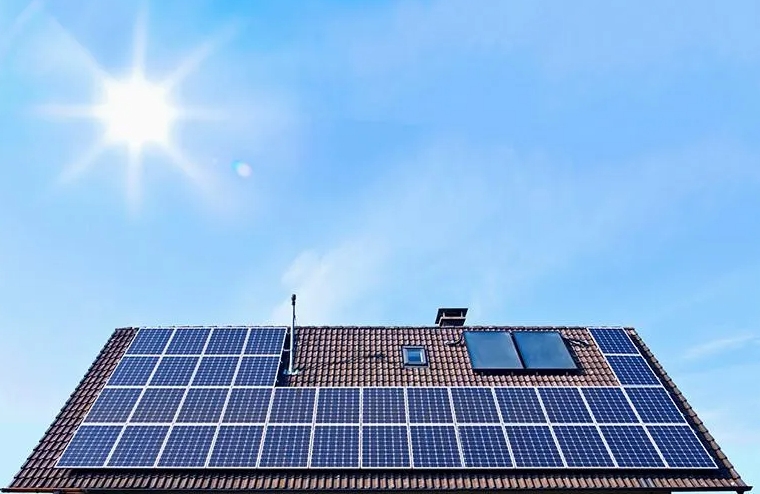
48V wall-mounted lithium battery capacity
The capacity of a 48v wall mount lithium battery, usually measured in kilowatt-hours (kWh), indicates the amount of energy it can store. For example, if the battery capacity is 10kWh, it can keep 10kWh of energy when fully charged. Higher capacity 48V wall-mounted lithium batteries require more energy to charge fully, thus requiring more solar panels to meet charging requirements. Conversely, a lower-capacity battery may require fewer solar panels to charge. Solar panels generally have a rated power output, usually measured in watts (W) or kilowatts (kW), representing the amount of electricity they can produce under standard test conditions. More efficient panels have more power per unit area.
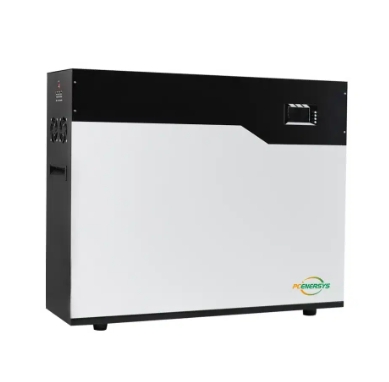
Solar panel efficiency
First, higher-efficiency solar panels can produce more electricity from a given amount of sunlight. Therefore, if we use high-efficiency panels, we don’t need more panels to meet the battery’s charging needs. In a limited space, high-efficiency panels can also produce more power, which is particularly beneficial when space for solar panel installation is limited or expensive. With higher-efficiency panels, we need fewer panels to achieve the same energy output, reducing the space requirements of the solar array. High-efficiency panels generally perform better in low-light conditions.
Charging requirements for 48v wall mount lithium battery system
The charging requirements of a 48V wall mounted lithium battery system will also affect the number of solar panels required for charging. The time they take to charge affects the rate at which the solar panels can provide energy because faster charging requires a higher power output from the solar array, which requires more panels to achieve. Therefore, we must match the output of the solar panels with the charging requirements of the battery system to ensure efficient and reliable charging. Oversizing or undersizing a solar array can result in poor performance and shortened battery life.
Calculate Solar Panel Requirements
Calculating the number of solar panels needed to charge a 48v wall mount lithium battery fully involves several steps. First, calculate the watt hours required by a 48v wall mount lithium battery: 48V x 100Ah = 4,800Wh. At the average daily rate of solar energy, a full charge takes 4-6 hours. Calculating solar wattage required: 4,800Wh / 4hrs = 1,200W. Consider system losses and inefficiencies in solar power systems, including losses in wiring, inverters, and charge controllers. Multiply the battery’s daily energy consumption by a factor to accommodate these losses. Every day is an increase of 20-30% = 1,500W to 1,600W.
Finally, based on the above calculation, the ideal number of solar panels is 5 x 300W panels = 1,500W or 6 x 250W panels = 1,500W. From this, we roughly know that a 1,500-1,600W solar array can be installed in 4-6. Fully charge the 48v wall mount lithium battery within hours.
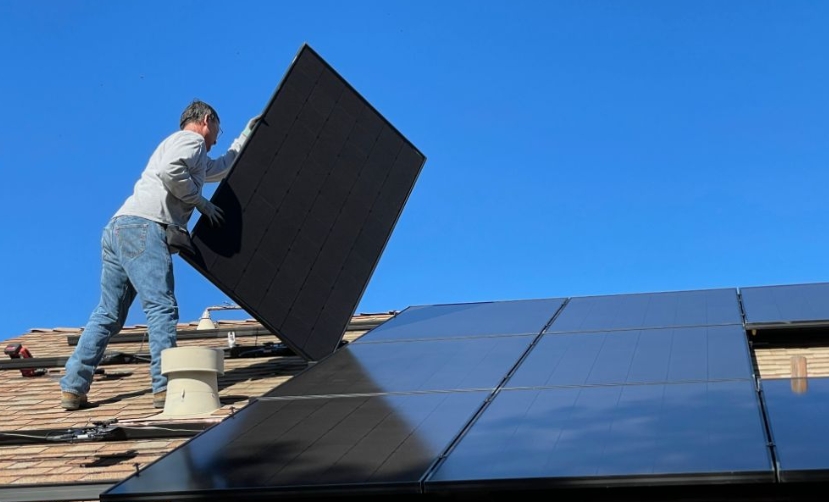
Ultimately
The number of solar panels required to charge a 48v wall mount lithium battery fully requires careful consideration of various factors, including battery capacity, solar panel efficiency, demanding requirements, and more. By accurately evaluating these factors and performing simple calculations in everyday life, home users can optimize the installation of solar panels to charge them efficiently.

